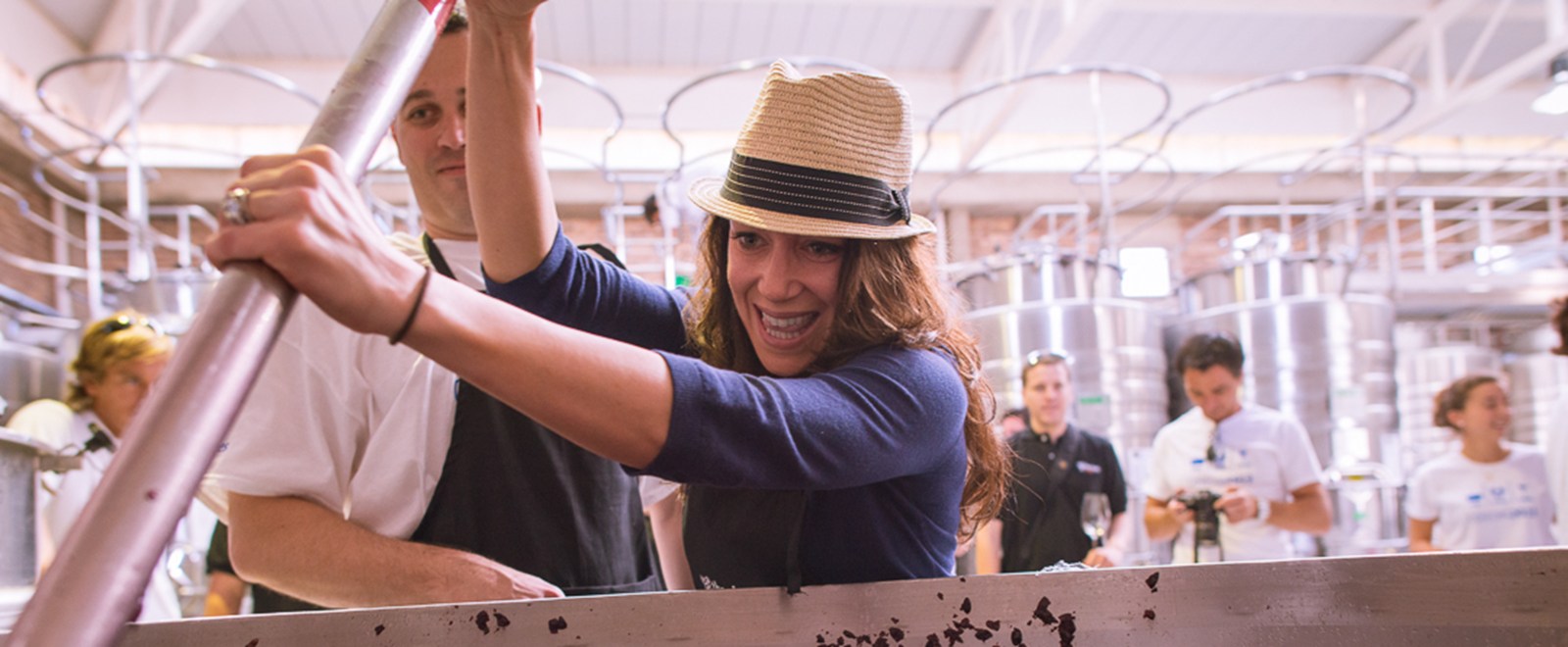Fault #1: Cork Taint, TCA or the super long scientific name: 2,4,6-Trichloroanisole
Sniff Test: A quick sniff of a wine that has cork taint will reveal the unpleasant aromas of wet dog, wet cardboard and musty, mold-ridden basement odors. While incredibly unappetizing to say the least, wines affected by cork taint (aka “corked wines”) will show muted fruit flavors and aromas.
What’s the Issue? Unfortunately, TCA is a mold that is completely capable of flourishing on cork tree bark as well as winery machinery, barrels, shipping boxes and even the cellar walls themselves. The mold reacts with additional chemical compounds to build a chemical structure known (and abhorred) as 2,4,6-Trichloroanixole, or TCA for short. This TCA compound can easily leach out of the tainted cork and into the wine itself, muting flavors and ultimately ruining a wine. Current stats for cork taint estimate that 1-10% of today’s bottles may be affected by TCA.
Fault #2: The Smell of Sulfur
Sniff Test: You know it. Sulfur. Rotten eggs, burnt rubber, burnt matches, overcooked onion or garlic – these are the telltale signs of a sulfur issue producing strong off-odors in a wine.
What’s the Issue? Sulfur under control is a common preservative in wine production, keeping wines stable, in-tact and fresh. When it is over-used or combines chemically with other compounds distinct off-odors can arise. For example, if concentrations of sulfur dioxide are too high, the pH levels of the wine will rise as well. These higher concentrations produce a burnt smell and often can cause a “hot” or burning sensation in the mouth and throat. On the other hand, when a wine that carries some serious sulfur content is kept too long with very limited access to oxygen, often in a barrel, stainless steel tank or bottled screw cap environment, hydrogen sulfide may be produced and results in that ugly rotten egg aroma. A final sulfur-induced issue that occurs in wine is the production of ethyl mercaptan. When sulfur and ethanol (the alcohol in a wine) combine this compound can create some nasty odors reminiscent of spoiled or overcooked onions and garlic.
Fault #3: Bacteria (and yeast) Gone Bad
Sniff Test: Common odors produced by bacteria or yeast
· Lactic acid – reminiscent of the pungent aromas found in sauerkraut
· Butyric acid – rotten cheese
· Acetic acid – smells like vinegar
· Brettanomyces aka “Brett” (a wild strain of yeast, not a bacteria)– smells like band-aids, barnyard, sweaty feet
What’s the Issue? The acid levels of most wines prevent bacteria from surviving for very long. However, there are several strains of bacteria that can manage to thrive under these low pH conditions – largely lactic bacteria (a key contributor in malolactic fermentation) and acetobacter. These bacteria may combine indiscriminately with various compounds and produce undesirable aromas. On the other hand, while yeast is a key component of winemaking, Brettanomyces is a wild yeast strain that can have some nasty side effects on a wine that result in muting the primary aromas and flavors in a wine and replacing them with the whiff of band-aids, sweaty socks, and such.
Fault #4: Oxidized Wine
Sight Test: Brownish or orange colors
What’s the Issue? Just like when a sliced apple is left on the counter and turns brown (oxidizes) in the presence of oxygen, the compounds in a wine that is exposed to the air will create an oxidative reaction. This reaction serves to mute colors, flavors and aromas in most wines, and will often lend a caramel or nutty nuance to the bottle as well. Sometimes oxidation is intentional as is the case in a fino sherry, most of the time it’s the result of a wine left opened on the counter top for way too long, or faulty corks and seals that allow too much oxygen into the bottle.
While wine faults are not overly common in today’s market, it is helpful to know and be able to identify what’s going on in a glass that shows unusual or undesirable aromas. TCA, sulfur, bacteria and oxidation are some of the most notable off-odor culprits found in a bottle of wine, but keep in mind they are not the only ones. Sometimes low acid wines without enough sulfur preservative can smell like rubber, bitter, vegetal aromas can arise from grapes that harvested before they are fully ripened, molds, maderized (cooked) wines and reductive environments may all contribute to a wine that is less than it should be in terms of bright aromas, flavors and palate appeal.

